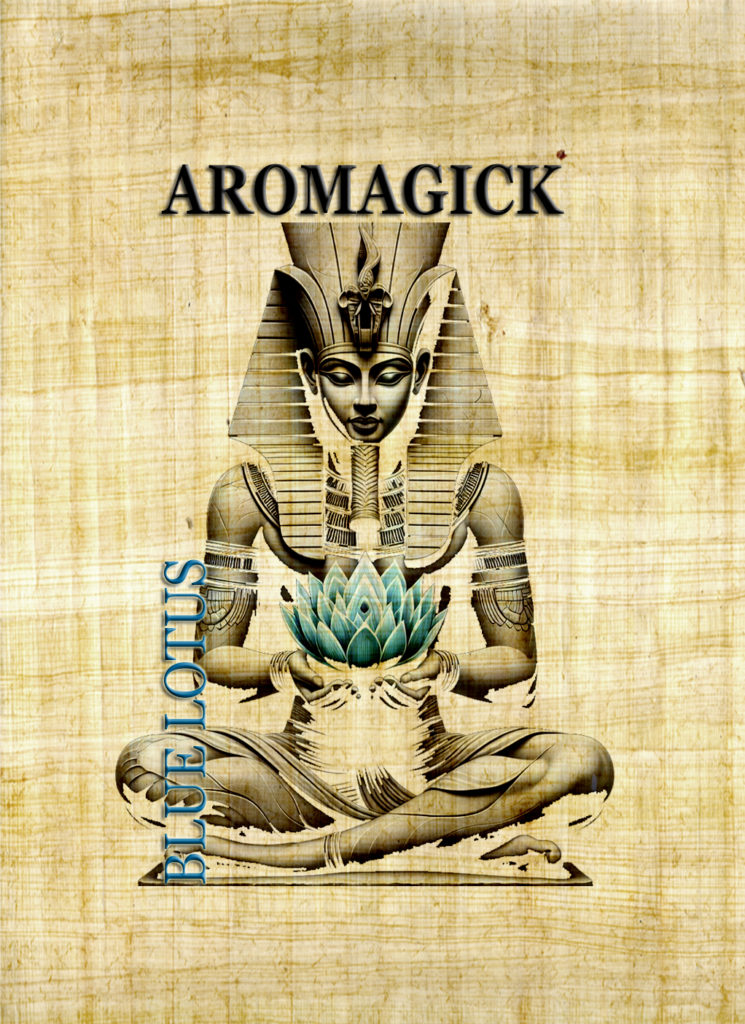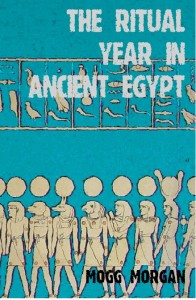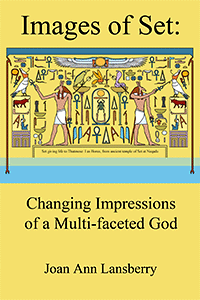
The unfolding petals of the Blue Lotus flower suggest the soul’s expansion. The growth of its pure beauty from the mud of its origin holds a spiritual promise. When Shiva requested the gift of knowledge from Kali, he embraced the thirst for knowledge that permeates the vast conscious universe. This is the same hunger that drives us to create art, music and life. The hunger that ignites in our hearts the passion to study and learn science, medicine, alchemy, philosophy and magic.
In both Egyptian and Hindu cultures, the Blue Lotus is well known for promoting spiritual growth, healing, balancing and rejuvenation.
The captivating scent of Blue Lotus Absolute essential oil is truly one-of-a-kind. Blending warm, spicy, sweet, and floral notes all at once, the fragrance has a complex intensity that is perfectly balanced with subtle refinement. The Egyptians and Hindus of ancient times believed that such exquisite smells were signs of the divine’s presence – symbols of transformation and rebirth. This theory has been extended to suggest that fragrances can shape our mental and emotional states as well. Upon first inhalation, Blue Lotus evokes a sense of longing for both the past and future; love is not far away. As the aroma fills your senses, they become filled with pure pleasure and appreciation for the physical world’s beauty. And with every breath, an overwhelming sense of euphoria begins to take hold – comforting us like a hug from the Goddess herself.
10ml bottle of pure Blue Lotus essential oil (1ml dilution in grapeseed oil)
Blue Lotus Perfume oil UK £15.00
Blue Lotus Perfume oil USA $20.00


